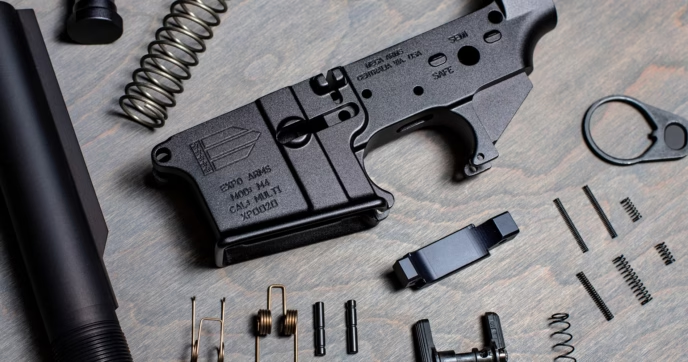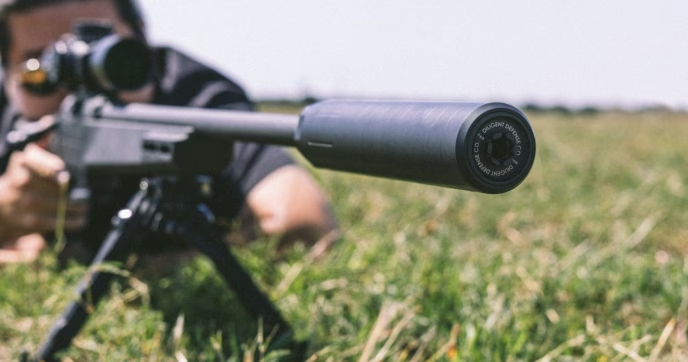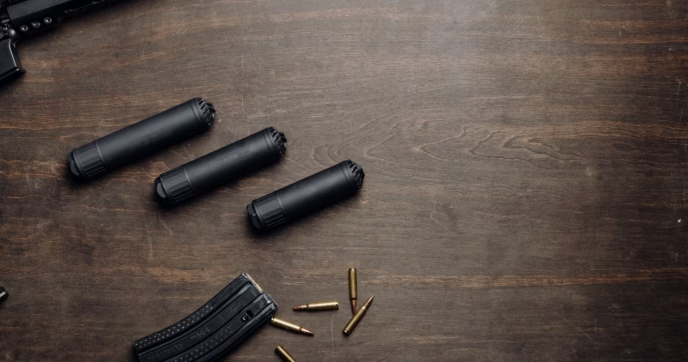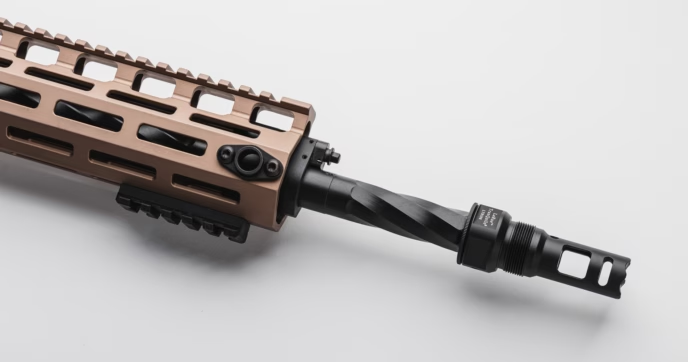How To Pick The Perfect Knife
Knives are necessary for human survival. Since the stone age, man has relied on edged tools for hunting and self-defense. Today, thanks to modern metallurgy and innovative design, there are more knives available than at any point in human history.
It can get a bit overwhelming.
You’ve come to the right place. Whether you’re fending off a vicious attacker or fearlessly ripping open a cardboard box, understanding blade shapes, steel types, handle materials and other basics will help you choose the perfect knife.
With all the options out there, it’s never been more exciting to become a knife owner. Ready? Let’s go!
 Types of Blades
Types of Blades
As you’re perusing the knives on our website, you’ll notice many have different shapes to them. Each blade type is designed to excel at a specific purpose, but that doesn’t mean they can’t be used in other ways as well.
Here are some of the most common blade types you’ll come across.
Drop-Point Blades are among the most popular designs because of their versatility. The drop-point is characterized by the spine of the blade (the dull, thick part) running straight from the handle and then gently curving toward the tip. The sharp end of the blade also curves toward the tip, meeting the spine to create a point. That convex part of the blade is known as the “belly” and is an important feature for slicing.
Drop-point blades are often thicker toward the tip, which makes them stronger, but there’s a trade-off. The tip won’t be as sharp as other blade types.
Still, drop-point blades are a great choice if you’re looking for a general, all-purpose knife.
Clip-Point Blades are just about as common as drop point blades. The main difference is that the spine of the blade — instead of gradually curving to the point — will continue straight from the handle about half way up the blade, then stop and continue more directly to the point. That design makes it look like part of the spine was cut out, creating a “clip point.”
The Bowie Knife is a type of clip point blade.
A main advantage of a clip point blade over a drop point, is that the tip of the knife tends to be very sharp and more easily controlled for precise work. But that also means the point will be weaker than on a drop-point blade.
Straight-Back Blades are exactly as they sound. The dull side of the knife forms a straight line to the tip. The sharp edge of the blade curves gradually. You see straight-back blades on kitchen knives everywhere. They’re great all-purpose blades.
Needle-Point (Dagger) Blades have two sharp edges that run from a straight line to meet at the point. There’s no belly on a needle point blade, so they’re not as good for slicing. Their narrow tip comes at the cost of reduced strength, but they are very effective at stabbing. Needle-point blades are also commonly known as ‘daggers.’
Spear-Point Blades are symmetrical like a needle-point blade, so they also excel at piercing. But spear-point blades have an advantage: a belly. That gradual outward curve of the sharp edge makes the blade better at slicing than needle-point blades but not quite as good as clip-point or drop-point blades which have larger bellies. You often see spear-point blades on throwing knives.
Tanto-Point Blades are designed to be strong enough to pierce tough materials, because the blade’s point has more metal like a chisel. The blade’s characteristic shape is inspired by the Japanese samurai, which gives it an appealing aesthetic.
Tanto blades lack a belly, so they’re not as good at slicing. The knives can also be somewhat difficult to sharpen because of the double bevel on the front edge.
Hawkbill Blades are named after a hawk’s beak. The sharp edge has a concave curve toward the point. The spine is unsharpened with a gradual curve. Hawkbill blades are sometimes known as electrician’s knives because of their knack for stripping insulation from wires. The tip of the hawkbill comes in handy for cutting open boxes.
Trailing Point Blades have a dull back edge that curls upward. The sharp side of the blade curls back to meet the tip, forming a point that is higher than the axis of the handle. This creates a large belly that makes the knife excellent for slicing or skinning. The design also creates a longer, sharper point that can be used for delicate small work. But the point is thinner and therefore weaker than a traditional blade.
Pen Blades are commonly seen on small pocketknives. They usually have curves on both the sharp and dull sides, and are typically smaller, weaker blades appropriate for light, delicate work. Pen blades also appear very non-threatening, so they may be useful for less permissive environments like the office. They’re less strong than other blade types and usually aren’t super sharp, but pen blades can come in handy for tasks like opening letters or removing tags from clothing.
Sheepsfoot Blades have a straight edge and a curved spine, basically the opposite of the drop-point blade. Sheepsfood blades are ideal for carving. But they don’t pierce very well. On the one hand, you’re less likely to stab yourself accidentally while whittling. On the other, it might be a poor choice for an all-purpose EDC knife.
Wharncliffe Blades are similar to Sheepsfoot blades except instead of the spine staying parallel with the sharp edge and then suddenly dropping toward the point, the dull side of the blade slopes gradually toward the tip. This makes the Wharncliffe better suited for piercing and stabbing.
Spey Blades were originally used for “speying” cows and castrating bulls. They’re favored by hunters for skinning animals. The blade has a straight spine that runs parallel to the cutting edge almost to the tip, at which point the spine curves downward to meet the cutting edge. The sharp side has a belly closer to the tip of the blade. Spey blades make for fine all-purpose tools that offer more strength than many other options.
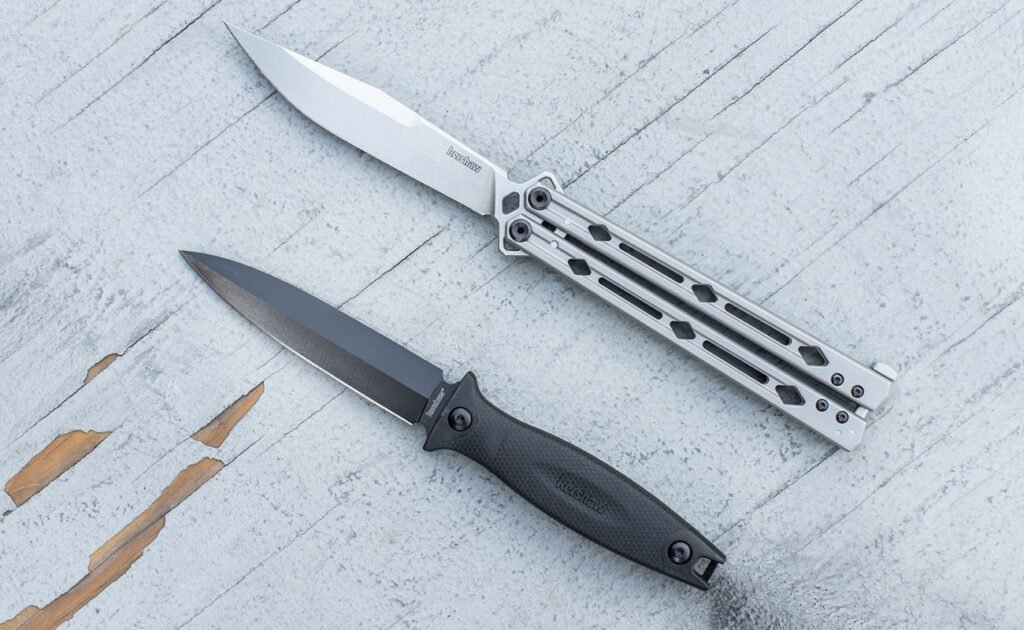
Fixed Blade vs. Folding Blade
Knives with fixed blades are better in almost every way than folding blade knives except for one extremely crucial factor that might trump everything else: size.
Fixed blades have no moving parts, so they’re stronger, easier to maintain, more intimidating in a self-defense scenario and better at just about everything.
Until you try walking into the office with a 10-inch Crocodile Dundee Bowie knife hanging off your belt.
The beauty of folding blades is that they can fit in your pocket. You’re more likely to carry a knife everyday if it just disappears into your clothing. The locking mechanisms of folding blades are such that many are almost as good as fixed blade knives. But no folder will ever be as simple and reliable as a fixed blade.
You can also carry a folder in your pocket for light duty work and keep a fixed blade in your vehicle or bag for when you really need it.

Locking Mechanisms
If you’re using a folding knife, you better make sure that blade is locked in place. Your fingers will thank you. A variety of locking mechanisms have evolved over the years. Here’s a handful of mechanisms you’ll come across.
Liner locks are one of the most common locking mechanisms you’ll come across. They use a spring-loaded metal bar across the base of the blade. When the knife is closed, the lock is held open. When the blade is deployed, the spring pushes the locking bar across into the blade area to hold the knife open. To close the knife, disengage the lock by using your thumb to push the bar to the side.
Frame lock mechanisms are very similar to liner locks. The main difference is the frame itself locks underneath the blade after it’s been opened. This requires a cut in the frame itself and use of a spring to keep it under tension. Frame locks tend to be more robust than liner locks and last longer.
Shop All Folding KnivesBuy Now
Back locks are similar to frame locks and liner locks, except — as the name suggests — the lock is on the back or bottom of the knife. A small cutout near the base of the handle leaves exposed one end of the metal locking bar. To close the knife, just press on the back lock and push down on the blade.
Button locks are more common on automatic knives, which generally require a “safety” of some sort to prevent the spring-loaded blade from deploying randomly. The button is a peg that goes through the handle and locks the blade in place. When it’s pressed, the blade can open. While the knife is open, the button lock keeps the blade from closing. Press it again, and you can close the knife.
Slip joints don’t actually lock, but they will hold the blade open. So you have to be more careful using a slip joint knife. A spring bar rungs through the handle on the opposite side of the spine when the knife is folded. Opening the knife pushes the spring upward and when the blade is fully opened, the spring falls into a notch on the blade. Slip joints are less expensive to make, so they can help keep down the price of a knife.
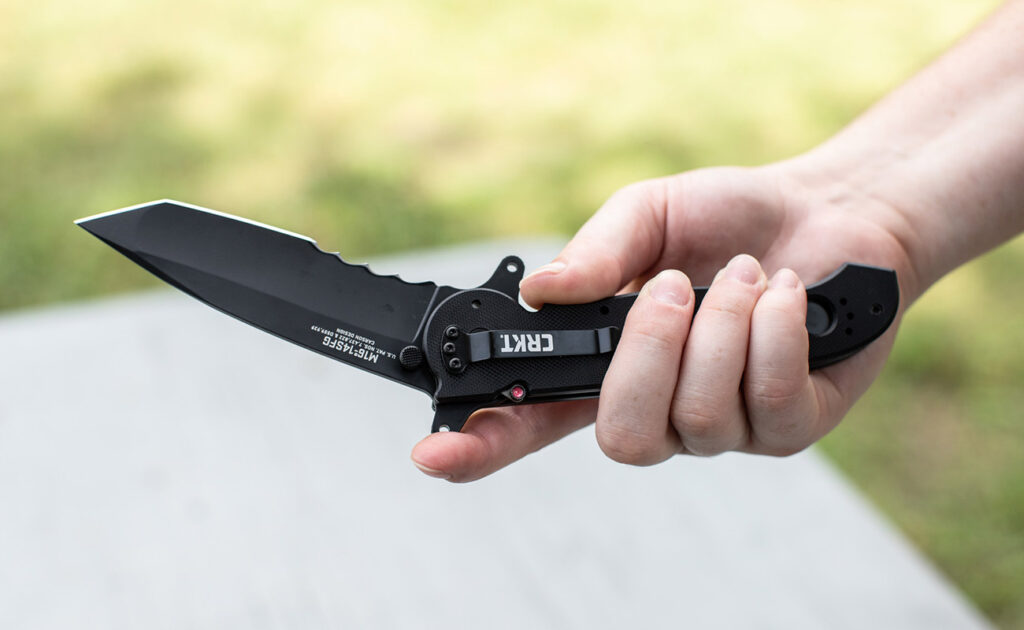
Opening Mechanisms
How quickly will you need to be accessing your blade? Do you need to be able to operate your knife with one hand? These are questions you’ll need to answer to decide which operating mechanism suits you best.
Manual-opening knives are the most common and exactly what you’d expect. The blade usually has a small groove for you to stick in your fingernail and swing it open. Sometimes, you can do this with one hand, but often two hands are required for manual knives.
Benchmade Osborne Folding Knife 3.4″ Reverse Tanto Point Blade – Plain EdgeBuy Now
Automatic blades are spring loaded mechanisms that swing the blade open with the flick of a button or switch. That’s why they’re sometimes known as “switch blades.” Automatic knives are easy to operate with one hand. But some jurisdictions outlaw them, so check your local laws before buying.
Assisted opening knives sit somewhere between manuals and automatics. They will open automatically, but only after the blade is pushed open to a certain point. Then a spring kicks in to flick the blade open the rest of the way. Assisted opening knives can still be used with one hand, but they’re not as quick to deploy as an automatic blade.
Flipper knives sprang from the assisted opening mechanism. Instead of a spring-loaded system, flipper knives use ball bearings. The blade will have a small tab that you can manipulate with your index finger to quickly and easily open the knife with one hand.
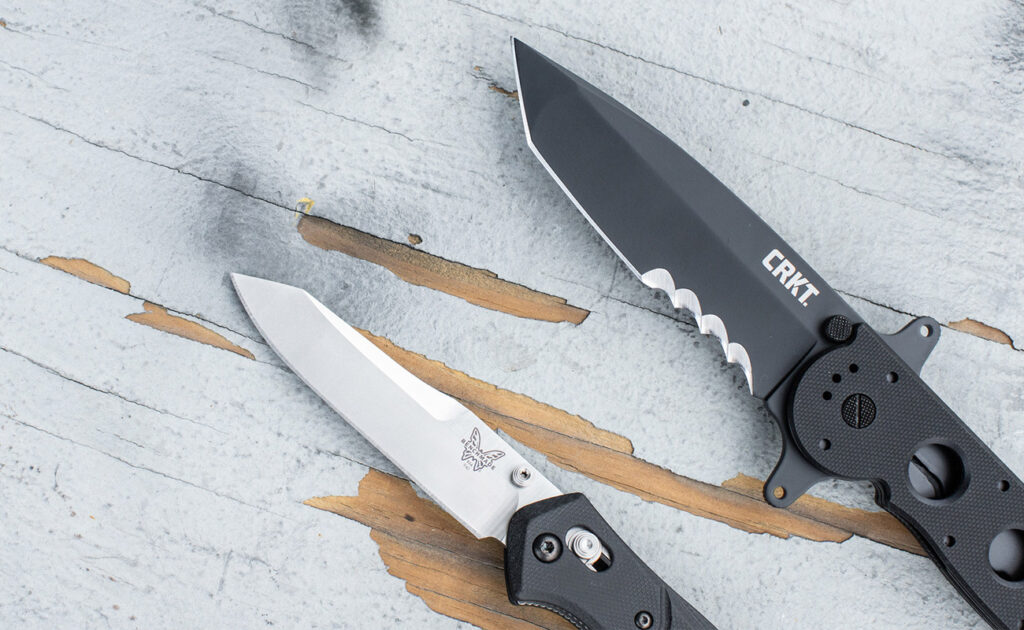
Blade Steel
You don’t need to spend a ton to get a knife that keeps an edge, doesn’t rust, is easy to sharpen and stays tough as nails without being excessively brittle.
The good news? Dozens of companies are competing fiercely to innovate the best blade steel on the market. The technology keeps advancing, and there are literally dozens of types of blade steel available today.
For example, Crucible — which has been making steel in Syracuse, NY since 1876 — released their CPM S35VN steel in 2009. It was an improvement on their CPM S30V steel. The new S35VN steel makes blades 15-20% stronger. Generally speaking, a higher number next to the steel brand often indicates a higher quality product.
CRKT Knives Carson M16-14SFG Special Forces Liner Lock 3.8″ Black Tanto Blade – SerratedBuy Now
Look at Sandvik Steel. The Swedish company came out with 14C28N steel at the request of Kershaw Knives to replace 13C26 with something more resistant to corrosion. The result is a marvel of modern metallurgy, a relatively affordable steel that provides excellent edge performance, high hardness and great corrosion resistance.
You can research each steel type available, but remember, you no longer need to spend an arm and a leg to get a high quality blade. The chemistry of metal is so advanced that prices have come down as you’ll see in our catalog.
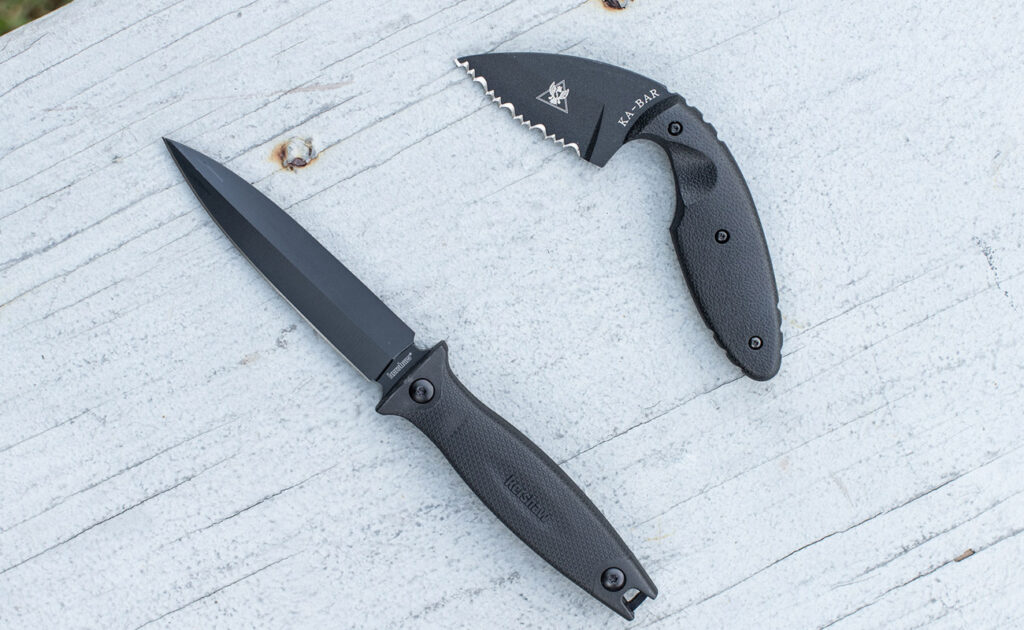
Blade Length
Ask yourself these questions:
What do you primarily intend to cut with your knife?
How much carrying space do you have?
What are the laws where you live?
How much extra weight are you willing to carry?
What is your budget?
Small blades under about 2.75 inches are perfect for a discrete EDC if you need a tool to open boxes or cut labels off clothing, but you might struggle doing more rigorous tasks with a smaller, weaker blade.
KA-BAR TDI Law Enforcement 2.3″ Fixed Drop Point Blade Knife – SerratedBuy Now
On the other hand, choosing a mid-length folding knife could offer the perfect balance between concealability and versatility.
If you intend to use your knife as a self-defense tool, a longer blade is more intimidating and works better as a weapon, but some jurisdictions ban carrying knives over a certain length. Check your local laws.
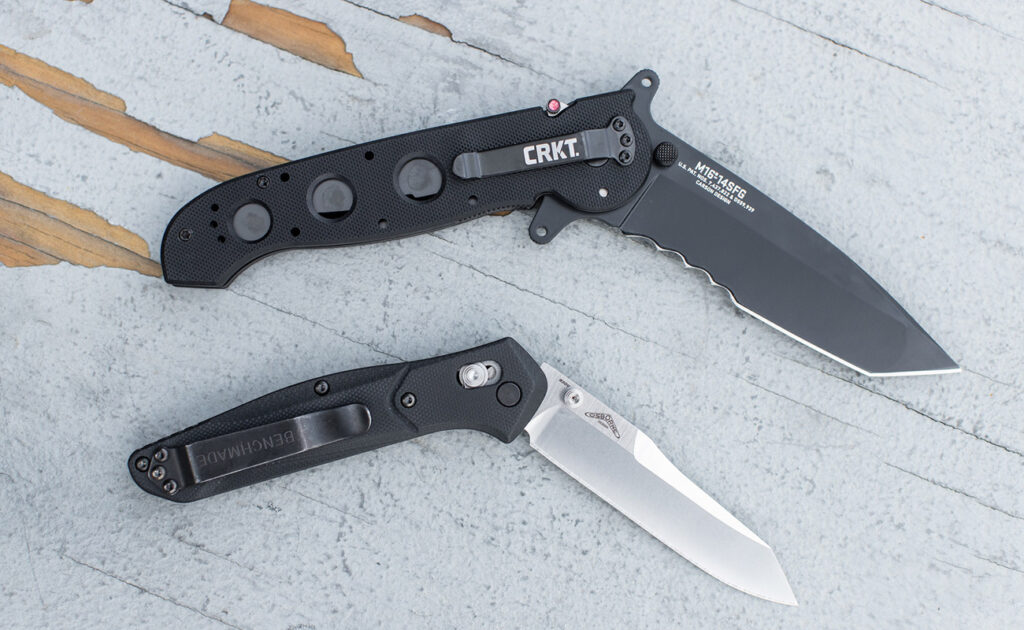
Edge Type
Plain edge knives are the most commonly available. A straight edge performs the widest variety of tasks. If you’re looking for a single blade with a lot of versatility, you can’t go wrong with a classic, plain edge blade.
But there is one area where plain edge blades do poorly: sawing wood and cutting rough fabrics like rope or seatbelt straps.
Glock Field Knife with SawBuy Now
Serrated blades — like the one you use in your kitchen to slice bread — have lots of tiny sharp teeth that attack into whatever you’re cutting from a bunch of different angles. They can hook on to small fibers and slice through them where a plain edge would lack the leverage.
The serrated blade’s biggest strength is also one of its biggest weaknesses. All those tiny edges pointing in different directions can be very difficult to sharpen. Serrated blades are also bad at slicing and can leave a rough, jagged edge.
Combo blades give you the best of both worlds, only with less of each. The plain blade is towards the tip of the knife and the serrated edge is closer to the handle. Having a shorter serrated edge can make it more difficult to saw, but you may prefer having some serrations to none at all.
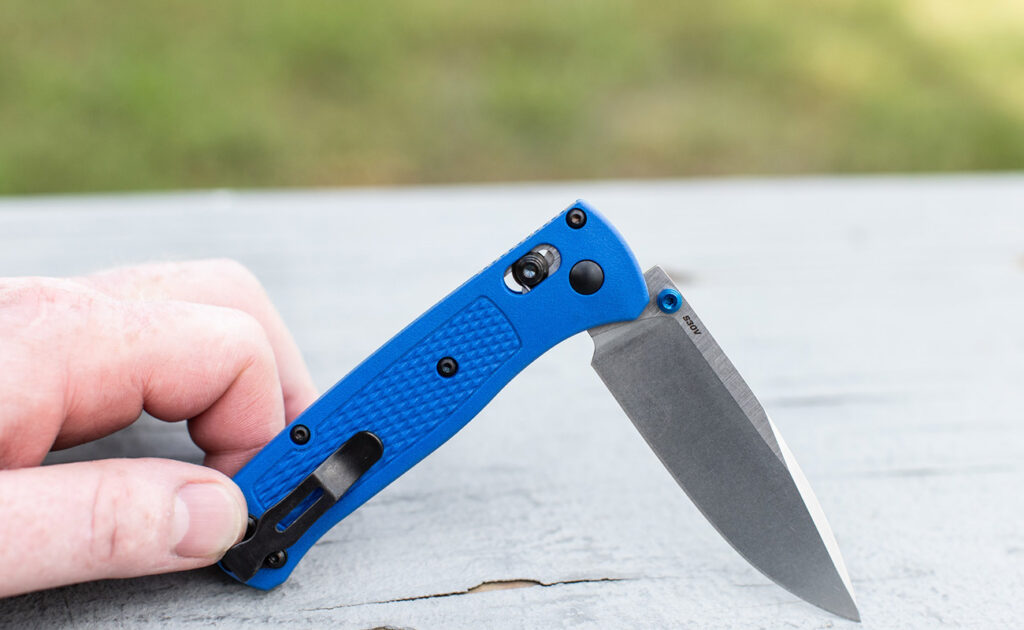
Handle Materials
The handle is the first thing you see when a knife is folded or sheathed. But the materials you choose are about more than aesthetics. They can range in durability, weight, and comfort. Here are some of the trade-offs to consider.
Stainless steel is durable and corrosion resistant but also heavy and often slippery when wet.
Kershaw Knives Lucha Butterfly 4.6″ Drop Point Blade – Plain EdgeBuy Now
Aluminium is also durable and resistant to corrosion, but weighs less than steel. However, aluminum is more susceptible to scratches and dings.
Titanium is lightweight, highly durable and resistant to corrosion but it’s also less scratch resistant than steel and costs more than steel or aluminum.
Carbon fiber and Micarta are extremely strong and lightweight materials that will cost significantly more than other synthetic handle materials. You’ll often find these synthetic handles on higher-end knives. The only real downside is that both can be more brittle than metals such as steel or aluminum.
G-10 is another synthetic handle material that is made from fiberglass. G-10 has many of the advantages of higher end synthetics like carbon fiber without the high price, but it doesn’t have the same pleasant aesthetic. It could feel cheap by comparison.
Zytel is inexpensive and virtually indestructible, which explains why it’s on so many knives. But the reinforced fiberglass nylon it’s made from can feel a bit plasticky and cheap.
Bone is a classic material for knife handles and has been used for thousands of years. As an ancient technology, bone is not nearly as durable as modern handle materials and can be slippery to handle.
Wood handles also have a classic feel to them and can be pleasant to hold. But like bone, wood is porous and not nearly as durable as metals and plastics available today.
Mother of Pearl is a beautiful natural material made from the shiny, iridescent substance found inside the shells of mollusks like oysters and abalones. It can be very slippery, is not exceptionally durable and comes at a higher price than many alternatives.
CONCLUSION
We’re excited that you’re venturing into the world of knives! There are so many fascinating things to discover about these vital tools. Learning about knives and carrying them regularly makes you more prepared to take on unexpected circumstances. And nothing will make you a knife expert faster than owning and using them on a regular basis.
